Introduction by Johnny Spillane
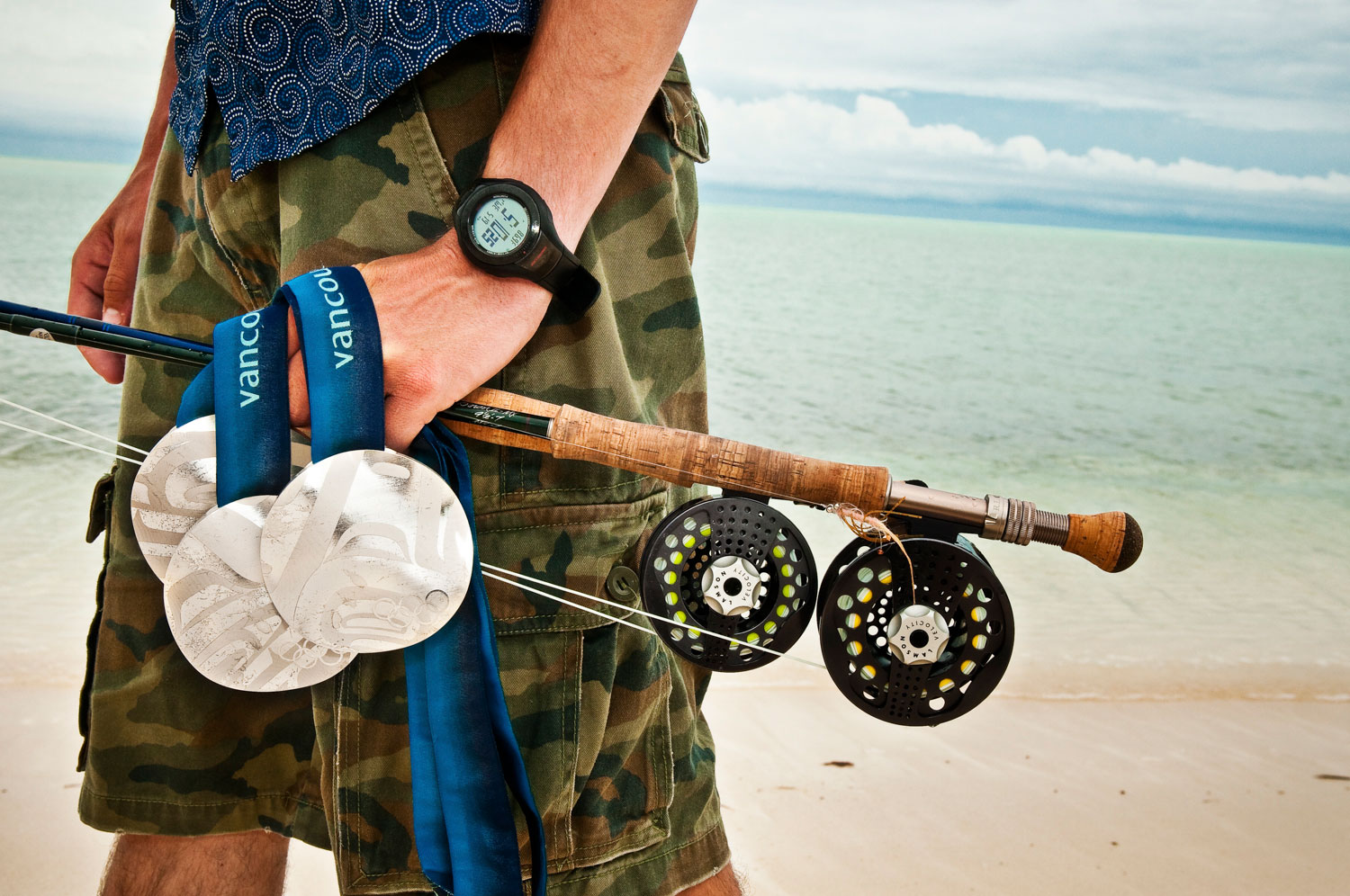
Nothing could make me happier than to begin my good friend Johnny Spillane.
Read More »Sunday Classic / Pack Your Gear in Half The Space
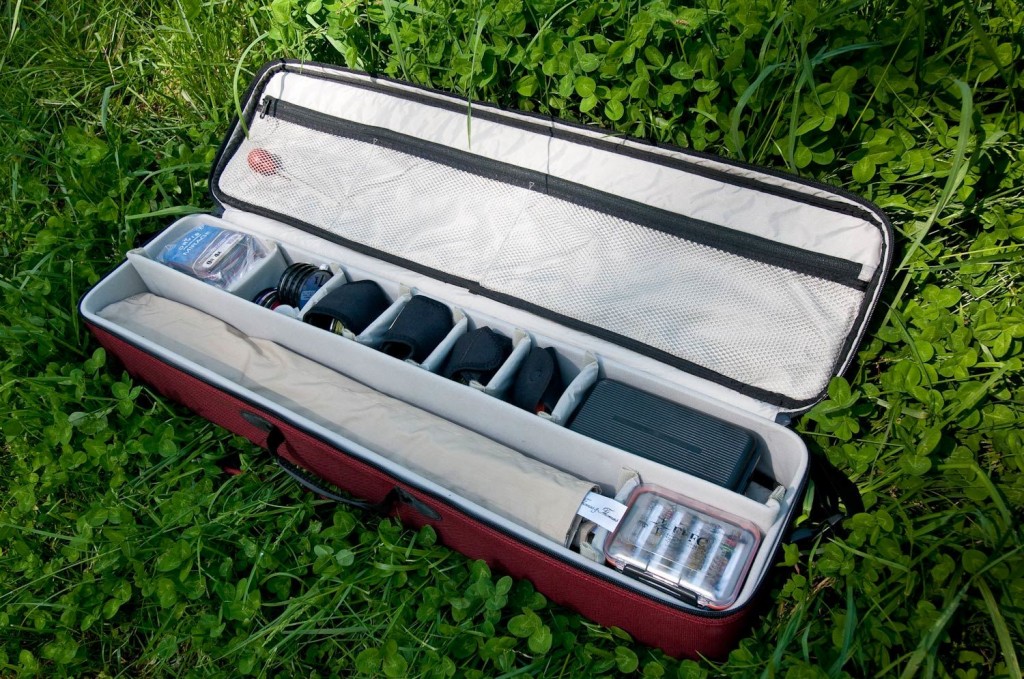
Terminal Fishing Packing Checklist
Fly Rods & Tubes
Fly Reels
Leaders & Tippet
Fly Floatant
Split-Shot
Nail-Knot Tool
This list goes on and on with what I need to pack for my guide trips and fly fishing travels. It’s astonishing how much room all this gear takes up in your vehicle once you’ve packed it all in, and the list above is only a partial list of what I need for my days out on the water. I still need waders, boots, fishing packs, net, camera, and enough room to transport my clients. Anyway I looked at it, I was in desperate need of finding a better way to organize all my gear. It was taking far too long for me to strategically load and unload my truck every day.
Recently, I ran across and purchased the Orvis Safe Passage, Carry-It-All Rod and Gear Case, and it’s completely blown me away with it’s ability to safely store an insane amount of gear in half the space. Everything I need is right at my finger tips and that keeps me organized and saves me a ton of time rigging up. From one fellow guide to another, since I’ve started using this gear case, I’ve no longer found myself turning around and heading back to the cabin for a critical piece of gear I forgot to pack. Below is a break down of what the Orvis Carry-It-All gear case can handle and I why I love it.
No more Fly Rod Tubes
I know longer lug around multiple fly rods in their metal tubes on a daily basis anymore. They’re difficult to manage in transit and end up rolling around in my vehicle all the way to the river. With this gear case I leave the tubes at home and can safely stow up to six fly rods in their socks with no problems. I love that at the drop of a hat, I can quickly outfit four clients with fly rods for the day, and still have plenty of room to carry two back up rods in case we encounter any foul play during our fishing. Orvis sells two different sizes in this Safe Passage gear case series. I opted to purchase the large size for the extra room, but mostly because it can accommodate up to 11′ rods. That’s a nice feature most rod cases can’t offer, and that’s a plus since I’ve been known to break out switch rods for my big water fishing. Just relocate one velcro divider and you’re ready to load up the long rods.
Keep Your Reels with Your Rods
I used to have a separate reel bag that I toted around with all my fly reels. The need to
Saturday Shoutout / Don’t Cross Fishbeer

IT’S BEEN A WHILE SINCE I SHARED FISHBEER.
A long while, but I keep it in my heart. It may not be for you, but if it is you will love it. Matt Dunn is one of my very favorite writers in fly fishing. He’s like Cormac McCarthy with a fly rod. Well sometimes, and others he’s Hunter Thompson. You never really know what to expect from Fishbeer.
This raw and honest tale of loss and anger really blindsided me. It’s been hanging around in the back of my head for a while and I think, maybe if I share it it’ll go away. What you do with it is up to you.
FISHBEER, “DON’T CROSS ME”
Read More »Rob Smith’s Rusty Enema
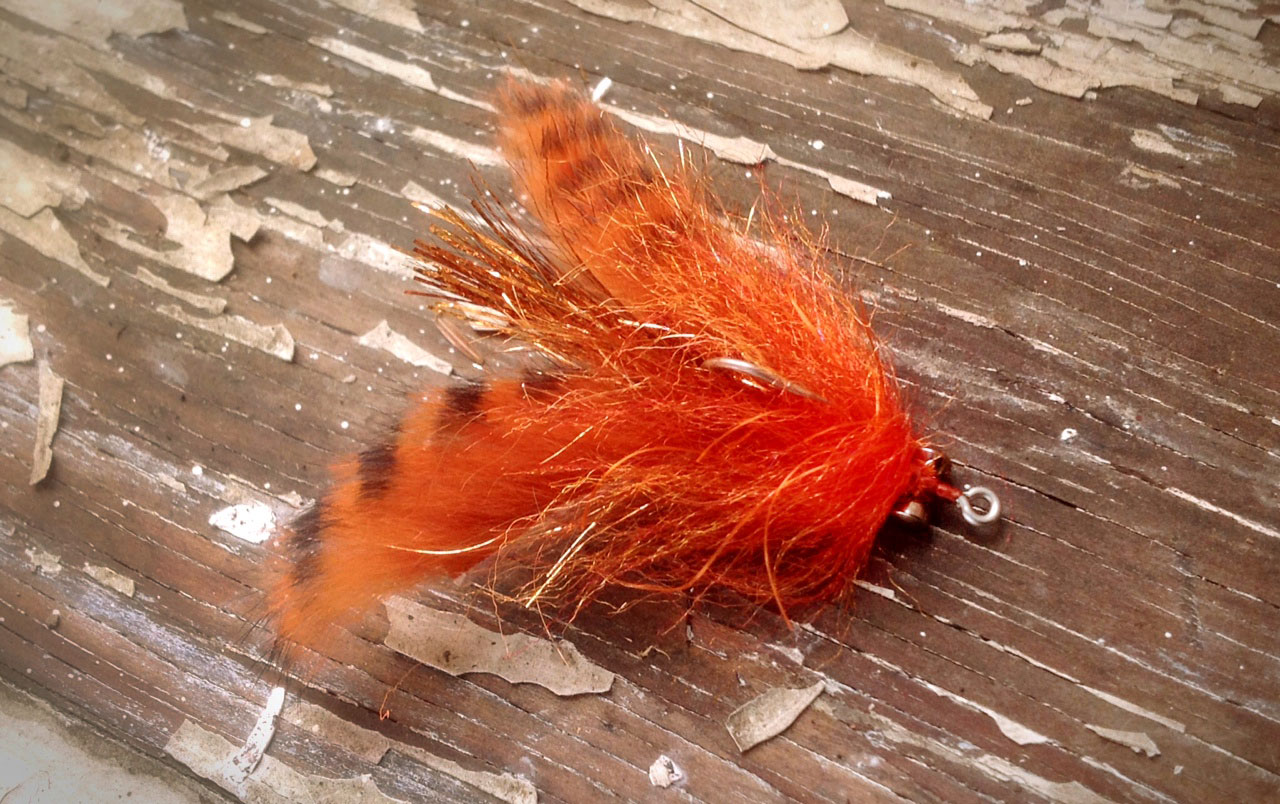
THE STASH IS BACK!
Rob “The Stash” Smith is back to share one of his favorite redfish flies with us. The Rusty Enema is a proven producer anywhere redfish are found. It’s a great attractor pattern that pushes a lot of water, which is like ringing the dinner bell for redfish in dirty water. Put a couple of these in your box to keep you catching redfish on a regular.
Watch the video to learn how to tie this fly and find out how it gets it’s name.
Read More »Tips for Fishing to Spooky Tarpon on Clear, Calm Days
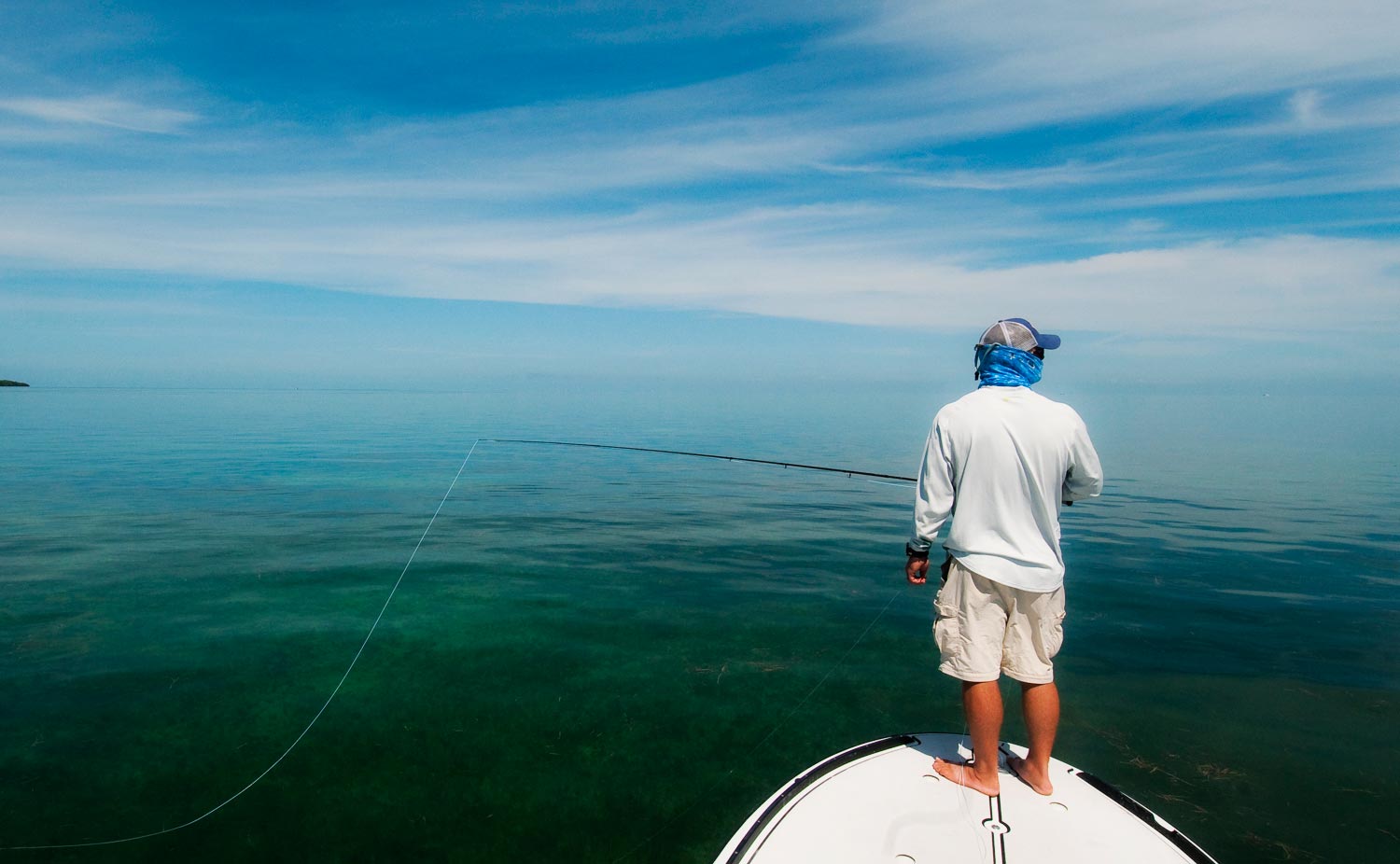
WHAT’S A BIG TOUGH FISH LIKE YOU SO AFRAID OF?
Fishermen, that’s what. I’m told that, in the early days of tarpon fishing on the fly, big fish charged big flies and ate with reckless abandon. You know how stories about the old days are, but I certainly missed that experience. The tarpon I know are super spooky and show all the signs of highly pressured fish.
On clear, calm days when the water is still and visibility is good, tarpon fishing can be a bitch. It’s not uncommon to see fish over a hundred pounds run in terror from a three-inch fly dropped thirty feet ahead of them. If you’re going to get a fish, you have to be on your game.
Some of the best techniques for catching them are the same ones you’d use on any species of spooky fish. They work, but with tarpon you have to do everything right. They are an unforgiving fish in every respect.
Here are some tips to help you get the better of them.
Keep it down
Tarpon have great ears. When the surface of the water is like glass they can hear conversation on the boat. I saw a tarpon spook once at the sound of my camera shutter. That should give you an idea of how well they hear. Keep the chatter to a minimum and the volume low.
Dress for success
Glass calm days are not the time for the red fishing jacket. Tarpon have great eye sight and even a brightly colored ball cap can give you away. Dress in colors like light blue that blend into the surroundings.
Take a Chill Pill
A tarpon’s eye is attracted to motion just like ours. Keep your movement slow and easy. If you are prone to talking with your hands, maybe you should just keep it to yourself. Don’t rock the boat when casting. The fish can hear the water against the sides. Cool, calm and collected is the way to go.
Longer Leads succeed
Increase the distance by which you lead the fish. Thirty feet or more is
Read More »Sunday Classic / The Belgian Cast
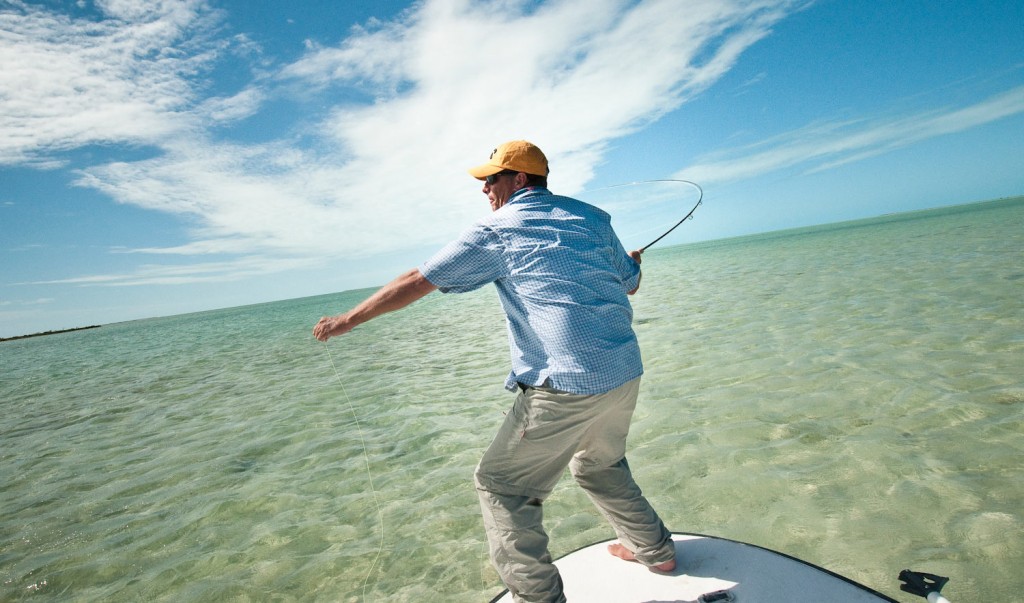
THIS CAST SAVED MY LIFE LAST WEEK!
You know that feeling you get when you watch a school of bonefish swim away while you squirm and wrench your arm out of socket trying to get your fly out of your back? Yeah, me too. Casting with a strong wind off your casting shoulder is the toughest shot in fly fishing. Well, our buddy Bruce Chard is back to show you how to take that shot like a hero. It’s called the Belgian cast and it can save your day so watch and learn.
Saturday Shoutout / Hook Shots Gets Weird
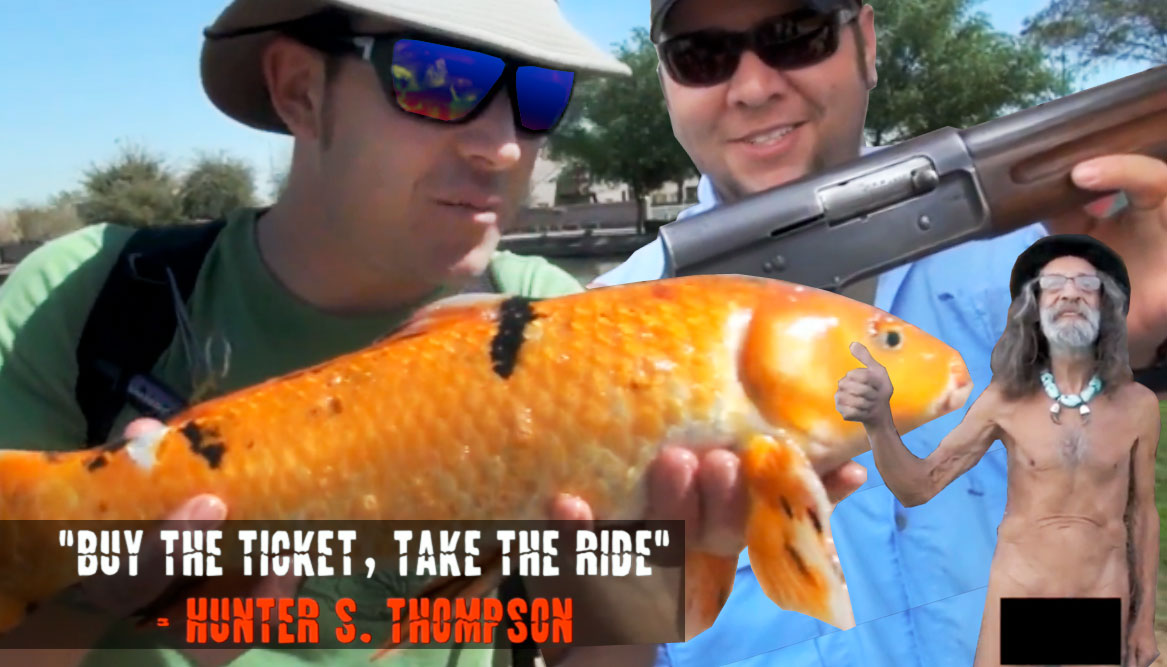
TIM ROMANO IS “NOT ON DRUGS,” BUT HE SHOULD BE.
In this weeks shoutout Tim hits the road to weirdness in the Arizona desert with Joe Cermele and Dale Merry. A perfectly normal bass trip gets out of hand. When the wind picks up, the pants come off and the carp come on. See the worlds larges goldfish and smallest striper!
Maybe it was the peyote.
HOOK SHOTS, ARIZONA BASS AND DESERT WEIRDNESS
Read More »Bends Are Like Best Friends
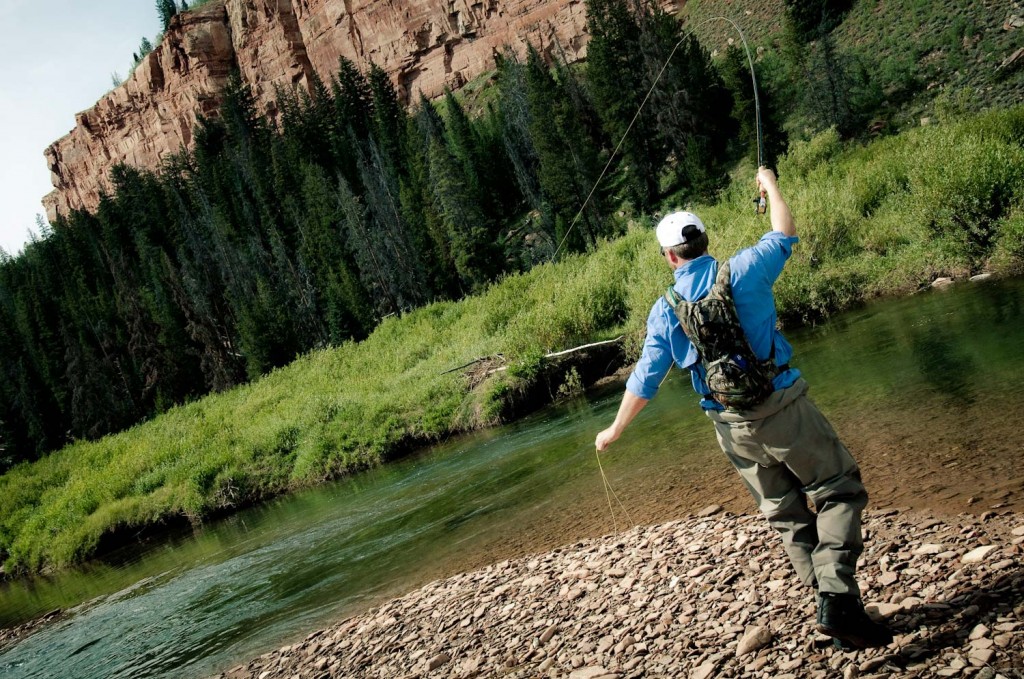
BENDS IN RIVERS AND STREAMS ARE LIKE MY BEST FRIENDS.
They possess all the qualities that I value and they always provide me consistent support in my endeavors. I don’t know about you, but when I find myself staring at a section of river or stream and I see a nice bend, I quite often head straight for it. I do this because I know it will usually produce a quality fish or two on the end of my line, and it’s generally very obvious to me where I should present my flies.
Just about every bend you encounter on the water will hold these three qualities.
1. One Well Defined Current
There usually will be one well defined current, collecting and moving food through the bend. This clearly indicates to anglers where the most food is drifting and where the fish should be positioned to intercept it.
2. Clear Channel or Trough
That well defined current usually has cut out a deep channel or trough in the bend. This reinforces further why fish will be located here. The deeper that fish can get below the surface and current, the less energy they’ll have to exert to maintain position and feed. The deeper water also
Low Viz
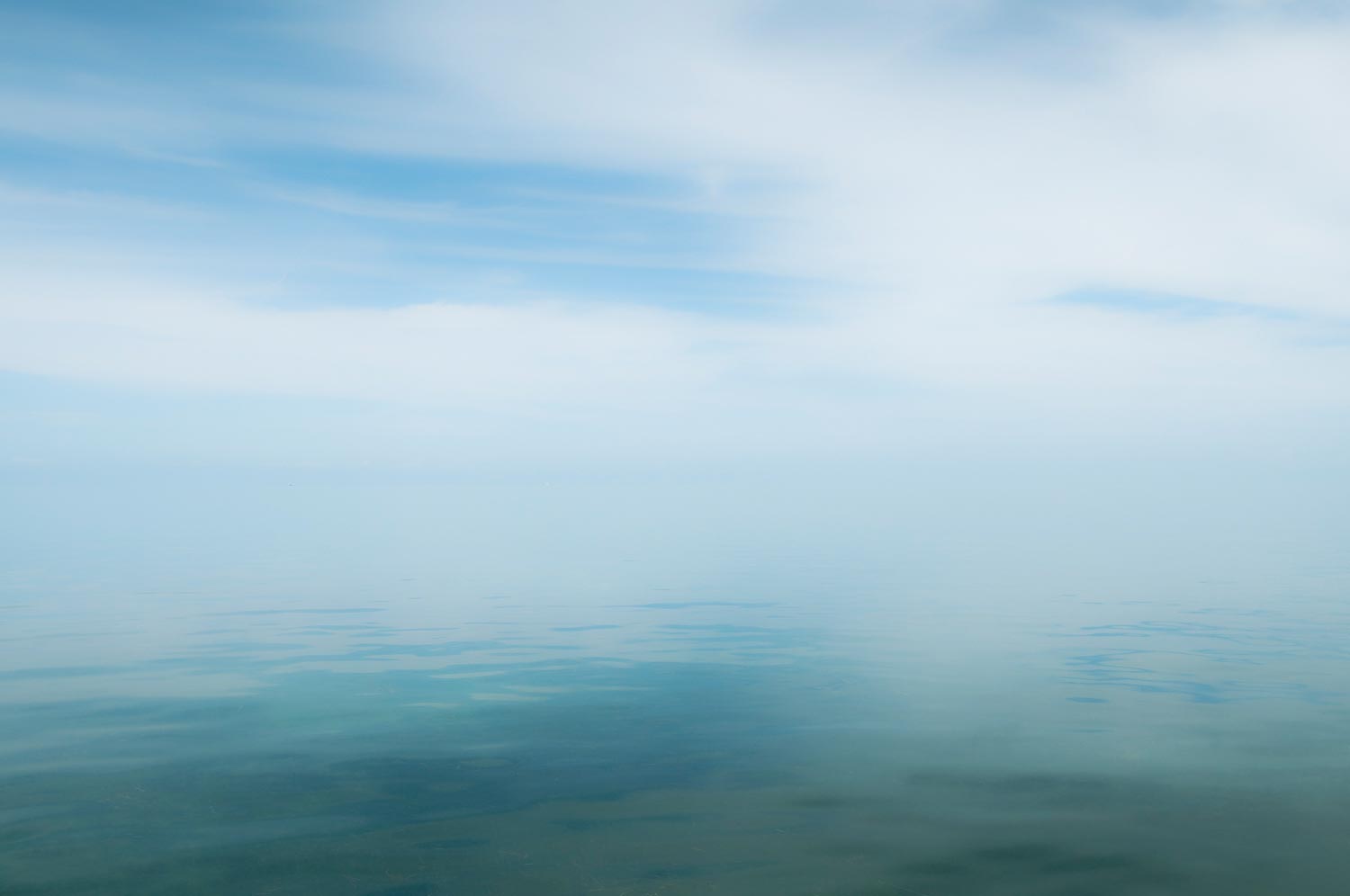
The air around me is hot, still and thick enough to breathe with a knife and fork. The edges of my hair are damp with sweat. The bow of the boat bobs gently under my feet to the steady “bloop, bloop” of the push pole. All around me the world is a blue-white cyclorama. The sky sopping up the sea without a trace of horizon. Like the view from the center of a light bulb.
I scan the glare for any sign of life. A small window at my feet reveals scurrying crabs and the occasional sponge but as soon as I lift my head I am back in the world of milk. A glare so complete as to turn the world to stone. An impervious shroud covering my eyes, leaving me blind to the ways of the world with no way to distinguish fact from fantasy. Guessing only at what is and what might be.
How many days of my life have I squinted into this abyss? Endless hours with the ferryman at my back, poling me across this void, searching the nothingness with no mooring in sight. How many hours have I stared into this mirror with no one looking back? The coin pinched between my fingers, some ancient fetish, a bit of wing and wire into which, with all of my dreams and aspiration, I have breathed the last of my life. A wish, a prayer, an offering to cast upon the water should some god show himself there.
Read More »Sunday’s Classic / DIY – Kids Puffer Balls for Fly Tying
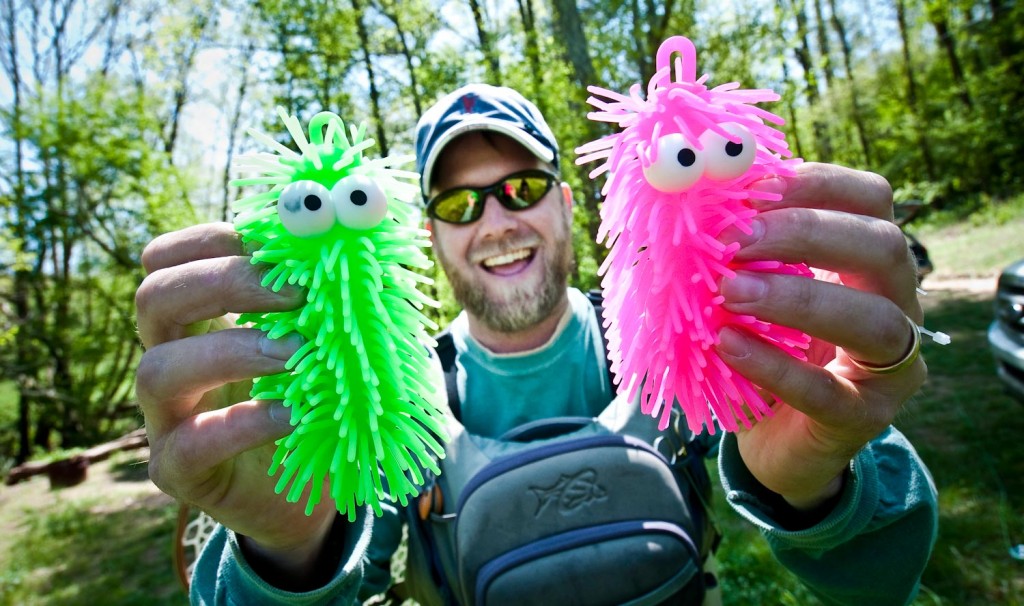
I’ve been tying San Juan Worm patterns for a few years now with Spirit River’s Squirmy Wormies, and fish love them because of the life-like movement the material has in the water. That being said, I’ve had problems finding certain colors like fluorescent pink, chartreuse, and the right color green. My buddy and guide Erik Ashlin turned me onto Kids Puffer Balls. They’re a spin off from the famous “Koosh Ball”, that many of us enjoyed playing dodge ball with in the 80s and 90s, and they come in just about any color you can imagine. You can find them at your local Dollar General and Walmart stores for $5 or less, and you can tie at least 100 flies from just one of them. Probably more like 200 worm flies.
In a pinch, Erik points out, you can snip one of the legs off, and tie it on a hook with a simple overhand knot. No bobbin, vise, or tying thread is needed. Just cinch the knot down evenly on the hook and the material will stay in place. Personally, when I have the time to tie them at the vise, I like to tie one leg on each end of the hook and wrap a couple strands of Spanflex around the middle of the hook for a smooth proportioned body. That’s just personal preference though, either tying method works. You can also just thread each leg on the hook, dab some superglue on the hook, and push the two legs together. Wah-lah, you’ve got a great worm pattern without ever having to pick up your bobbin.
Read More »